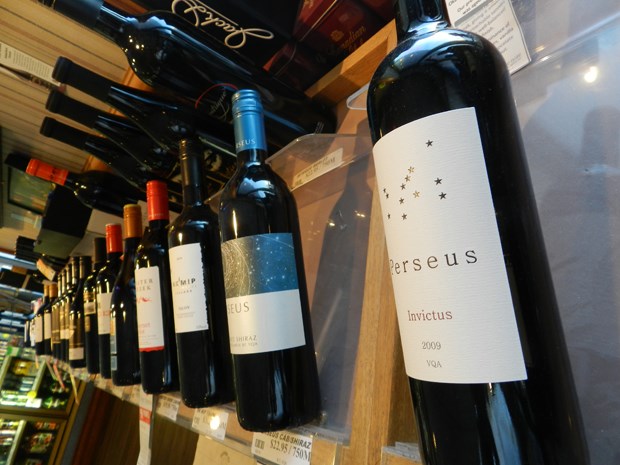Despite the fact that New Zealand is far away, has more sheep, and the people speak with a quaint, almost Aussie accent, it does share a lot of similarities with British Columbia.
The South Island where much of the wine comes from looks a lot like our province. And the history of making wine and the Kiwi wines themselves are almost identical with what we’ve done in the Okanagan.
In the 1970s, both New Zealand and B.C. were making terrible wine. Both regions had planted the wrong grapes, French hybrids, yet expected to produce world-class wines. It didn’t happen!
Once N.Z. and B.C. growers began to plant premium, vinifera grapes, the wine world began to take their wines seriously. Both regions had their first success with white wines and have now expanded into reds.
New Zealand’s biggest triumph was with Sauvignon blanc. A tasty one to enjoy is the Invivo 2013 Sauvignon Blanc ($16.99), which comes from the best region to produce the grapes: Marlborough on the South Island.
It’s an elegant and stylish, dry wine with a gorgeous citrus aroma and a whiff of guava and gooseberry.
When you sip this Invivo, you get a generous flavour of lemon-lime-grapefruit, with the guava and gooseberry, plus a generous portion of mango and papaya. It’s well balanced with a crisp acidity and a wonderful fruitiness on the mid-palate, and a really focused, long finish.
Sauvignon blanc has a generous portion of acidity, which instantly makes it a superb food wine, especially with seafood and white meats.
In Wine with Food from The New York Times, authors Eric Asimov and Florence Fabricant recommend serving it with Asian noodle soup, including mussels, clams with the normal Thai ingredients of fish sauce, lime juice and chili.
While Sauvignon blanc was the first New Zealand wine to gain world prominence, Chardonnay is also a stellar choice. My old standby is Stoneleigh Chardonnay and for $14.29, it’s a bargain!
Like the Invivo, the Stoneleigh 2013 Chardonnay is from the cooler Marlborough region on the South Island, a crisp, flavourful wine that is delicious to sip on its own and a wonderful match with food. If you enjoy Chardonnays that avoid too much oak, unscrew this wine.
I adore the Stoneleigh’s freshness, complexity, and balance.
Its bouquet has a floral quality and a toastiness, thanks to the gentle oak aging. Expect a potpourri of flavours: tropical fruit plus lemon, lime and grapefruit, and hints of marmalade, peaches, and olives.
Did I mention that the Stoneleigh was complex? And it has a creamy texture that tempers the lively acidity. Delicious, and it’s at an extraordinary price for a wine of this quality.
If there was a wine designed for summer enjoyment, the Stoneleigh is it. Sip it on the patio after you’ve cut the lawn.
Enjoy the Stoneleigh Chardonnay with a picnic lunch of fried chicken and potato salad in a park or at the beach.
Or serve it with some grilled prawns or braised chickpeas in a coconut curry sauce.
Eric Hanson is a retired teacher and wine educator.



